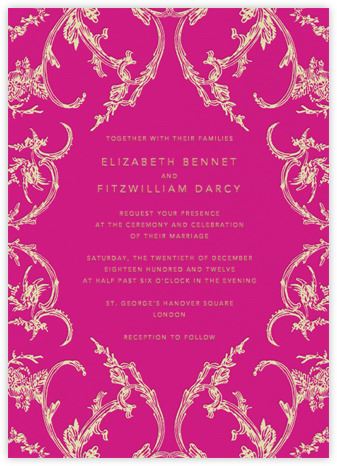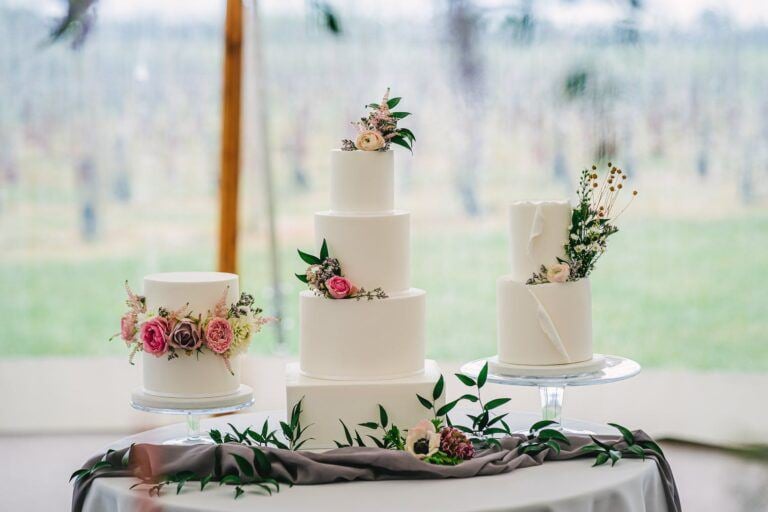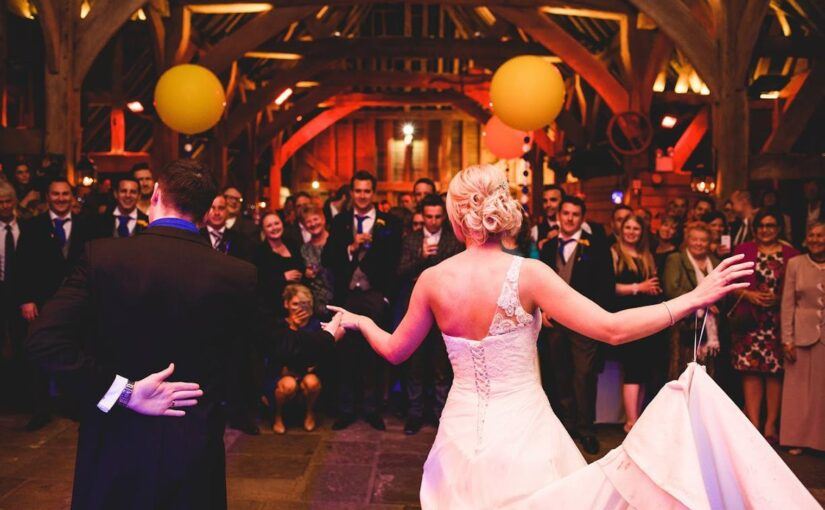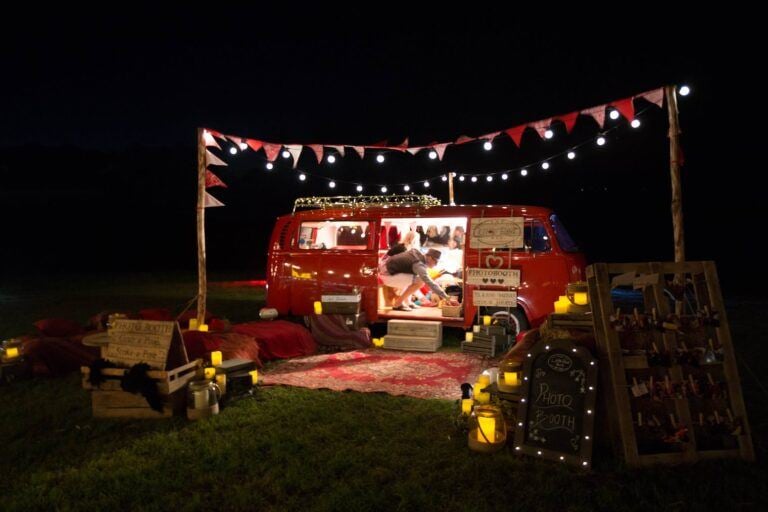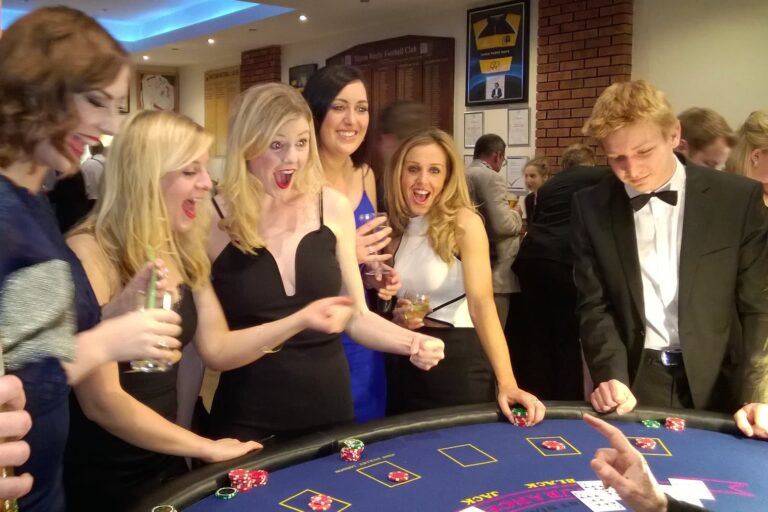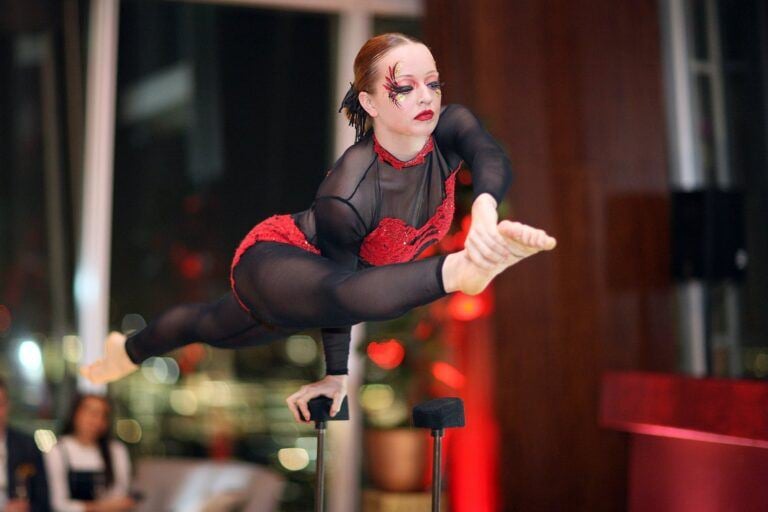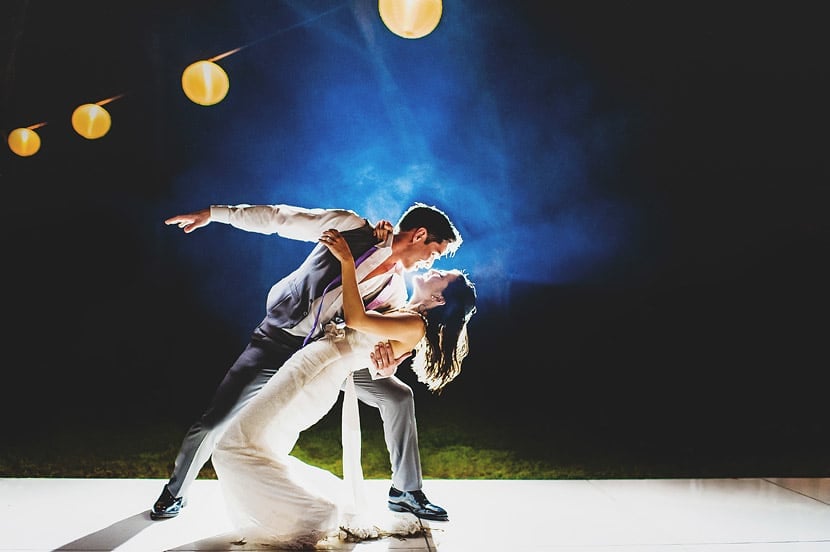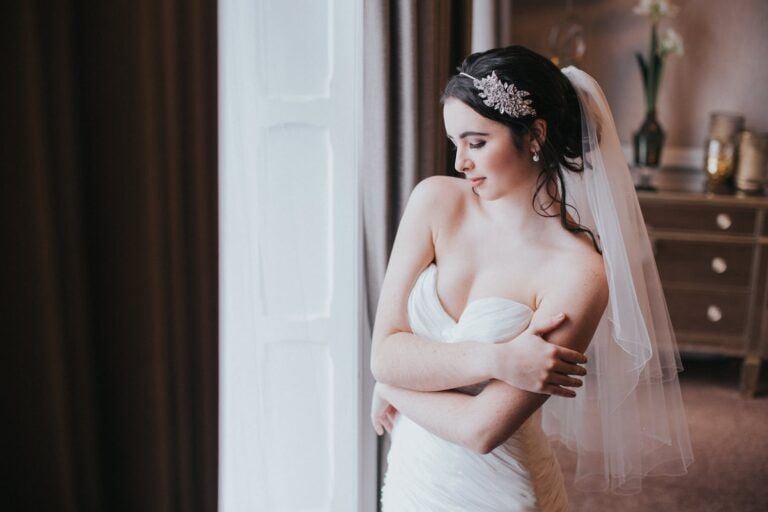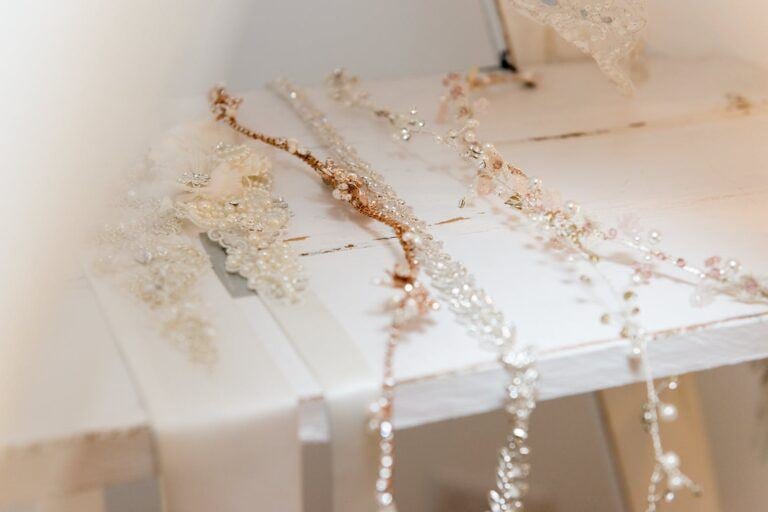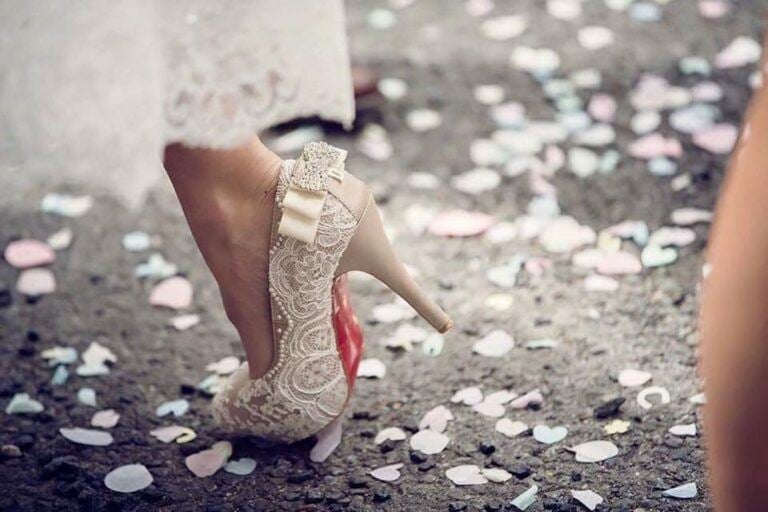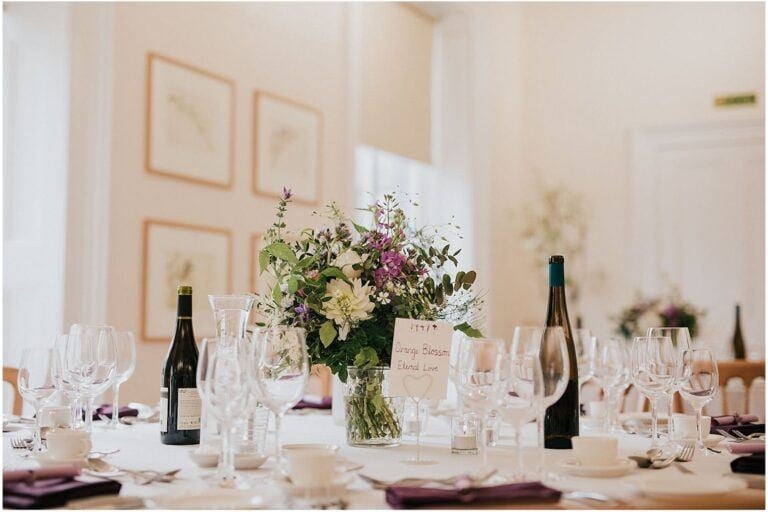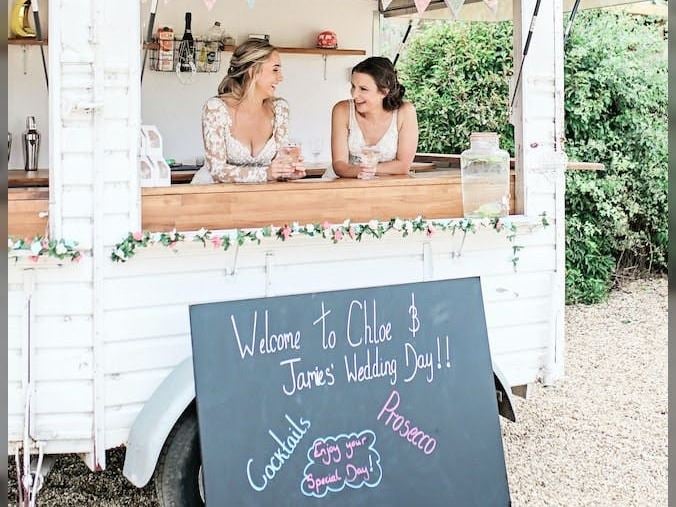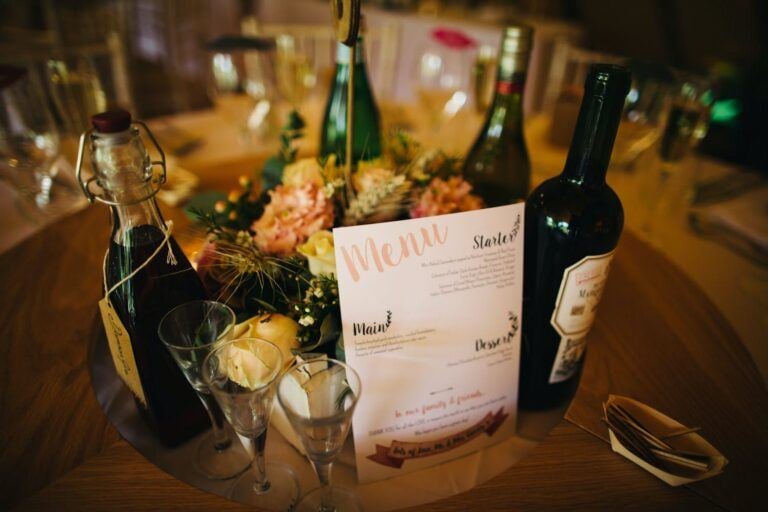Once you’ve secured some of the biggest aspects of your wedding, such as your venue and catering, you can start thinking about inviting your friends and family to be there on your special day. Of course, that means you need to send out dozens of wedding invitations letting everyone know about the date, time, place, food, gift registry and more.
It’s a super exciting part of your wedding planning journey. However, just like with every other step of planning your wedding, it comes at a cost.
In the UK, couples spend an average of £400 on wedding stationery, which includes your save-the-date cards, invitations, name cards, seating plans, signage, menus and more. Basically, it includes anything that requires printing or writing onto card or paper. Your stationery certainly isn’t the biggest cost associated with your wedding, but when the average UK wedding costs £20,775, even the smaller costs can make a difference to your overall wedding budget.
But, that’s not to say that you need to spend even close to this amount on your own wedding stationery if you can’t afford it. There are plenty of tips and tricks you can utilise to spend less but still get wonderful, on-theme invitations and more. In this post, we’re going to explore how to save money on wedding stationery to help you stick well within your budget.
15 ways to save money on wedding stationery

Just because you don’t want to spend anything close to the average doesn’t mean you’ll have sub-par stationery. With a touch of creativity and thriftiness, cheap wedding stationery can still be effective and make an impact.
Below are 15 ways you can save money on your wedding stationery. For more money-saving tips, see our complete guide on how to save money on your wedding.
1. Go paperless

Consider sending paperless post, especially for your save the dates. Save the dates don’t need to be as formal as invitations, so have fun with them and get creative – though you’ll probably want to do a little more than a text. Sending electronic save the dates is great, as they’re cheaper than paper and you can track who opens them too (fantastic if you want to make sure that everyone received and read your important news). Also, websites like Paperless Post have some stunning designs, with designers like Oscar de la Renta and Kate Spade bringing a touch of chic to your online post.
Alternatively, you could create a video save the date, which you can upload to YouTube as unlisted and share with everyone you want to come. Something like this is unique and fun, and will help your guests to remember to keep their calendars free.
2. Shop around

When picking your invitation design, have a look at our enormous directory of fabulous stationery suppliers. There’s a huge selection of styles, as well as opportunities for bespoke design if you’re feeling creative. The best part is, with so many options available, you’ll be practically guaranteed to find a supplier that suits your budget. Many will be able to create unique, handmade invitations that match the style of your wedding.
It’s also worth checking out sites like Vista Print, which will usually be able to print your invitations for a lower rate. The downside is that unless you also hire a professional designer, you’ll have to pick from a selection of templates. If you do this, your invitations won’t be unique to you, but they will save you plenty of budget. So consider what priorities are most important to you.
3. Stick to your wedding colour scheme

You know that beautiful colour you’ve chosen that ties your entire style and motif together? You should definitely use it on your stationery. Choosing one colour for your invitations saves on printing and gives them a modern and elegant look. It also helps to keep everything cohesive.
4. Print you stationery yourself at home
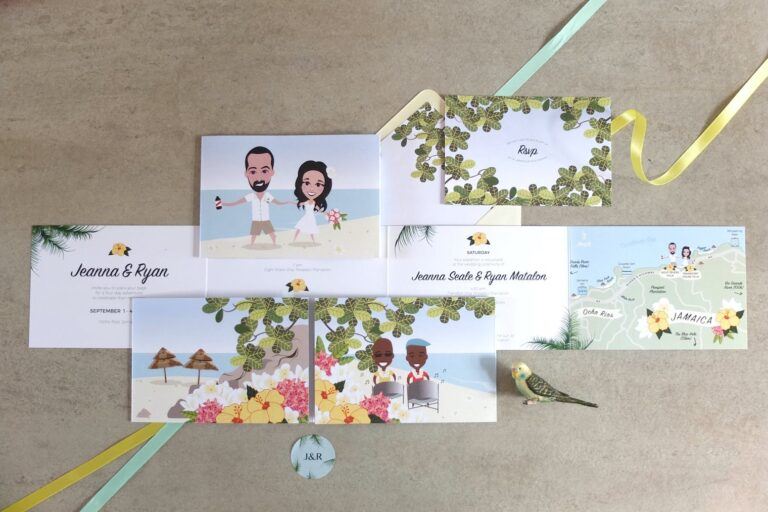
This may be risky – especially if you only have a cheap printer – but if you have a decent home-office setup it’s worth considering. Ask for your invitations to be sent to you in PDF format and print them at home yourself. This is especially useful if you have to do some last-minute re-prints or additions. Alternatively, if you have an understanding employer, why not save more money and print a few things from the office? Just make sure you don’t print hundreds of sheets in one go and annoy your colleagues by hogging the printer all afternoon.
Be aware that the DIY printing route may save you money initially, but it isn’t without its drawbacks, and is unlikely to give you the clean, polished look of professionally-printed wedding stationery. And if you mess up, it may cost you more in the long-run, as you’ll have wasted lots of paper and ink.
5. Ask your guests to RSVP online

Once you’ve sent your invitations, save some money on return postage and ask your guests to RSVP online. This will be brilliant when you start chasing people up or start on your seating plan. You can even do this for free by setting up a brand new email address: something like [email protected] will more than do the trick. That way, you won’t have to use your own email address and risk emails getting lost among your day-to-day emails.
6. DIY your wedding invitations

While a professional service will produce fantastic state-of-the-art wedding invitations, they’re not necessarily cheap (after all, you get what you pay for). If you have either experience using design software or crafting with paper, you can generally save a lot of money by simply designing your invitations yourself. Then, you’ll have all the designs at your disposal, so you can make any changes you need to later on and not pay a penny.
Alternatively, you could always take a few calligraphy lessons and have a go at hand-writing your invitations for the extra level of class and elegance. Calligraphy is a tricky skill, but there are plenty of tutorial videos available on sites like Calligrascape. Just keep at it and make sure you have plenty of practice before sitting down to write your final invitations.
Do note that while the DIY approach can of course be cost-effective, there are some risks to be aware of. Designing your invites, sourcing the paper, having them printed, assembling your invites, addressing your invites… it all takes a lot of time, especially when you’re also juggling plenty of other pre-wedding tasks.
Designing, finding the paper, buying the paper, printing the invites or finding someone to print for you, assembling the invites, addressing envelopes… the time all adds up when creating wedding stationery at a moment in your life when you’re juggling lots of pre-wedding tasks. Mulling over the right font and design might be stressful as well, not to mention it might not be as cheap as you think! Beautiful wedding stationery can require expensive kit and materials which isn’t readily available to you in the way that it is for a professional stationer. Plus, many wedding stationers buy their card and embellishments in bulk, and have a well-researched list of wedding suppliers to help them keep costs low. Buying in the smaller quantities or from mainstream retailers used for DIY comes with a premium, so make sure you factor this in, and weigh up both options carefully.
7. Forgo the personalisation

Instead of printing 80+ personalised invitations, why not reduce time and costs by not including the name of your invited guests? If you do want to include the recipient’s name, you could leave a blank space for you to write it out once the invitations are back from the printers.
8. Keep things simple

It can be tempting to create fancy stationery, but every additional ribbon, foil trim or magnet you include will add to the price. If you want something a little more than a rectangular piece of card, consider a little low-cost creativity, such as a uniquely shaped invitation or by including some confetti inside the envelope.
9. Hand-deliver what you can

Remember when you could get a book of stamps for about £1? Unfortunately, those days are long gone, and if you’re sending invitations to friends and family across the country (and beyond) you could end up spending close to £100 on postage alone. There’s nothing wrong with hand-delivering your save the dates and invitations, especially if it saves you a bunch of money.
10. Condense the information

To keep your invitations small (and costs down) only include information that’s relevant and important. For example, if you’re not offering your guests a choice of food, don’t worry about including a menu. And unless your venue is difficult to find, the name of the venue, the town or city, and the postcode should be more than enough.
11. Create a wedding website

One way to save a heap of space on your invitations is by directing people to your wedding website. If you’re confident in building websites you could do this yourself, or use a tool that offers you templates, like Wix.
Or, you could hire professionals to do it for you, like Simple Wedding Websites. A wedding website can be used for everything from sharing menus, a gift registry, detailed directions to the venue, and a form so your guests can RSVP.
12. Order in bulk to pay less per invitation
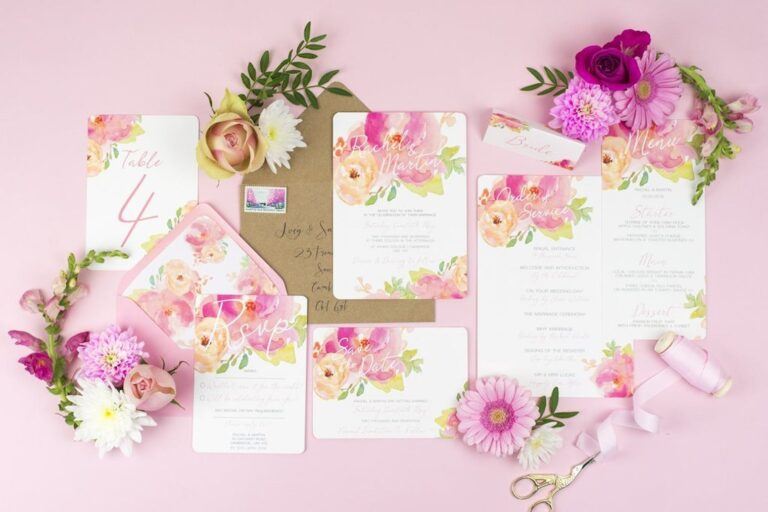
Before you skip to the next tip, stick with us. When deciding how many invitations to order, just bear in mind that the more you order, the cheaper the cost will be per invitation. Plus, you’ll probably want to keep a few for yourself to stick on the fridge or frame later on.
For example, if you need 50 invitations, then by ordering 60 you might pay £2 for each, which will cost you £120. But, if you order 75 at £1.50 each, it’ll cost you £112.50. Not only is it cheaper, but you’ll also have some left over to keep or replace if one or two get lost in the post.
13. Use less-than-premium paper

Using premium card or paper for your stationery is the way to go if you want that extra touch of luxury, but it could mean that you pay a lot more. Of course, you might not want to choose the cheapest option, but something middle-of-the-road will still be of a reasonable quality without eating into your budget.
14. Learn how to be a good proofreader

Before you even consider sending your design to the printers, make sure you proofread your stationery several times. The last thing you want is to open your order and find that ‘Birmingham’ is spelt ‘Birnimgham’, and then have to correct it and have it printed all over again.
If you can, ask several people to proofread it for you. The more eyes the better. If you don’t want to do that, make sure you proofread it yourself at least a day after writing it so you approach it with a fresh pair of eyes. Another handy tip is to print it out so you can read it on paper, and read it aloud. Trust us, doing it this way will help you to catch mistakes that you otherwise might miss.
15. Hunt for online discounts

Before placing any orders, search on popular discount sites for codes that will save you money. Printers regularly have offers, like free shipping or 20% off, so don’t hit that final ‘submit’ button until you’ve had a thorough look for a valid code.
Plan your dream wedding with Bridebook
At Bridebook, we have everything you could need to plan your perfect wedding while ensuring you don’t go over budget. Sign up and start planning today!
Browse other similar articles…
- How Much Does Wedding Stationery Cost? The 2024 Average Revealed
- The Ultimate Wedding Budget Breakdown
- How Much Does a Wedding Cost? The 2024 UK Average
- Introduction: Your Wedding Budget
- Hidden Wedding Costs Every Couple Needs To Know About
- Wedding Etiquette: Who (Traditionally) Pays For What?





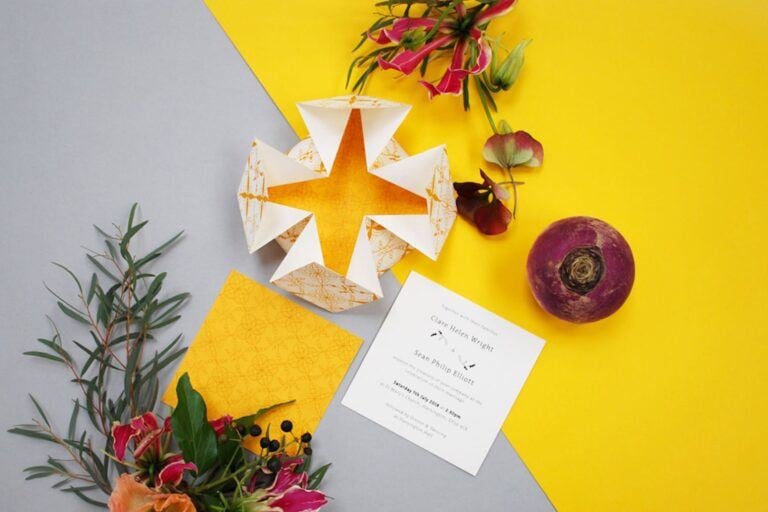


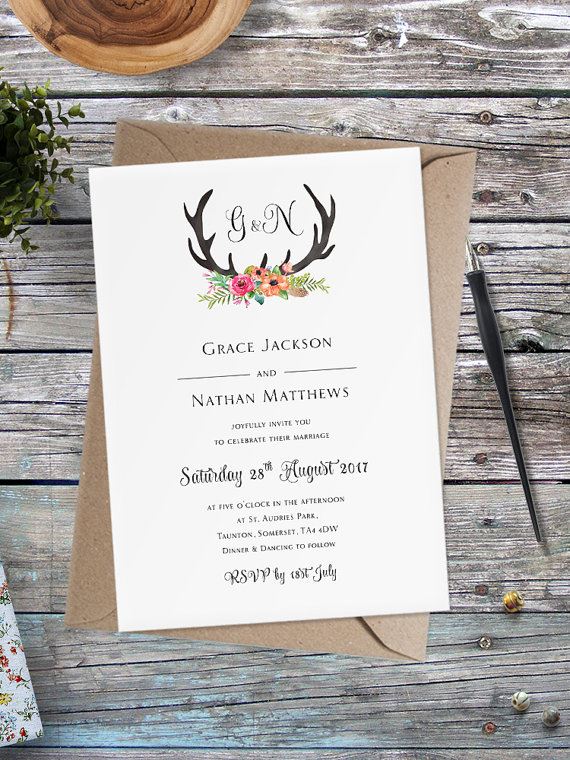 “Oh wow – Who’s it from? Look at my name written in beautiful calligraphy! Look at the handcrafted card! Where is the wedding? What is the theme? Oh my goodness, it’s so stunning. I’m going to pop it on my mantelpiece for years to come!” That is the kind of reaction you want when your wedding invitations finally reach people. Your wedding is actually happening and this is the first time people get a proper hint of what to expect, what to wear, what to give you! And not only that, it’s a lifetime souvenir of your big day. At Bridebook, we love a heavy papered, beautifully written wedding invitation, especially when it is landing on our doorstep! But you might be a savvy millennial toying with the idea of going online and saving lots of lovely trees? Let’s work out what you want so you can create the best bit of post (or email) your guests will EVER receive.
“Oh wow – Who’s it from? Look at my name written in beautiful calligraphy! Look at the handcrafted card! Where is the wedding? What is the theme? Oh my goodness, it’s so stunning. I’m going to pop it on my mantelpiece for years to come!” That is the kind of reaction you want when your wedding invitations finally reach people. Your wedding is actually happening and this is the first time people get a proper hint of what to expect, what to wear, what to give you! And not only that, it’s a lifetime souvenir of your big day. At Bridebook, we love a heavy papered, beautifully written wedding invitation, especially when it is landing on our doorstep! But you might be a savvy millennial toying with the idea of going online and saving lots of lovely trees? Let’s work out what you want so you can create the best bit of post (or email) your guests will EVER receive.